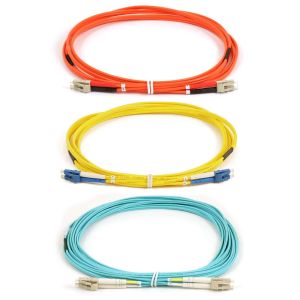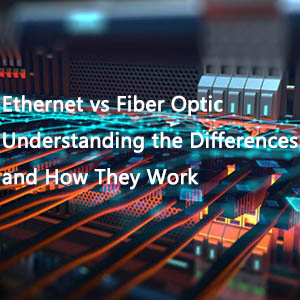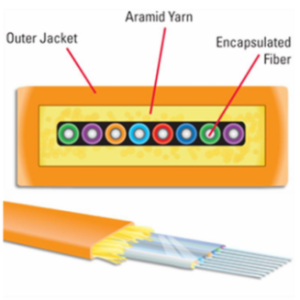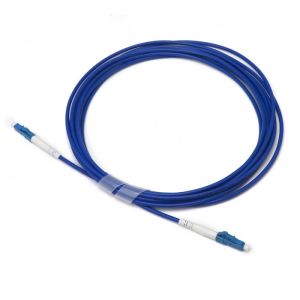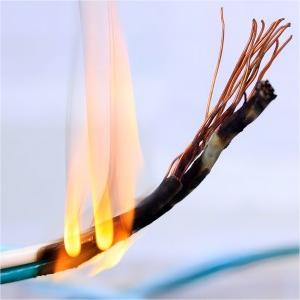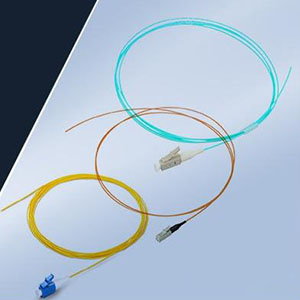When choosing a fiber optic network, there are many design options. The ultimate decision on which type of cable to choose depends on the specific needs of the network, which requires a clear understanding of the different fiber optic cables. Although a detailed explanation of all the design differences could fill several books, this concise guide will introduce you to OS2 vs OM1 vs OM2 vs OM3 vs OM4 and OM5:What Is The Difference Between Them?
OS vs OM Fiber
The first difference to understand is the one that exists between OS and OM cables. The briefest explanation is that OS cables are all singlemode fiber, and OM cables are multimode fiber. If that provides enough clarity, feel free to skip to the next section.
For those who like more details, there are a few key design differences between the cable types. These differences mostly scale to the single- or multi-mode functionality. OS cables have much thinner cores than their OM counterparts. An OS cable, like OS2, will usually have a 9-micron core while OM cables can be over 100 microns. Additionally, OM cables are designed to work across shorter distances and with less-expensive transmission parts.
OS2 vs OM1 vs OM2 vs OM3 vs OM4 and OM5 Fiber Cables
If multimode fiber is the right build for a network, there are still important decisions to make. For the most part, the cables come in five separate designs (named OM1, OM2, OM3, OM4, and OM5 respectively). OM1 might be the older, slower guy on the market, but it is no less common in modern applications. It utilizes a 62.5/125-micron core and is known for its cost efficiency for short runs. The other three designs all work with a 50/125-micron core.
The next major difference is in transmission. OM1 and OM2 both use LED transmitters. These are great for their low cost, but the LED transmitters limit bandwidth. OM1 and OM2 cables hit top speeds of around 1Gbps. OM3, OM4, and OM5 cables utilize laser-optimized multimode (LOMMF) transmission. This is more expensive, but it enables higher bandwidths, and these cables can get speeds up to 10Gbps (OM3), to 40Gbps (OM4), and up to 100Gbps (OM5).
Other, subtler differences can be found among these varyng cables, but in terms of application, this is the bulk of the story.
OS1 vs OS2 Fiber Cables
As for OS cables, they come in OS1 or OS2 builds. OS1 is a bit antiquated. It is designed for distances less than 2km, and it hits a top transmission speed of 10Gbps. For jobs in that range, there are usually OM designs that are more cost-effective. OS2 is the standard for long-range networking. The cables can carry signals up to 200 km, and they can achieve transmission rates in excess of 10Gbps.
The purpose of OS2 fiber cabling is to do work that is best suited by singlemode fiber optics. It’s the easy go-to for long-range, high-speed work.
We like to keep things simple and straight-forward. In almost every case, the best cable will be the one that meets your distance and speed needs at the lowest possible cost.
Still not sure which fiber cable is right for your data center or project? Chat with one of our Fiber Cable experts and they can help you decide and point you in the right direction.
Be sure to check out our new Corning sales@fiber-life.com today.

